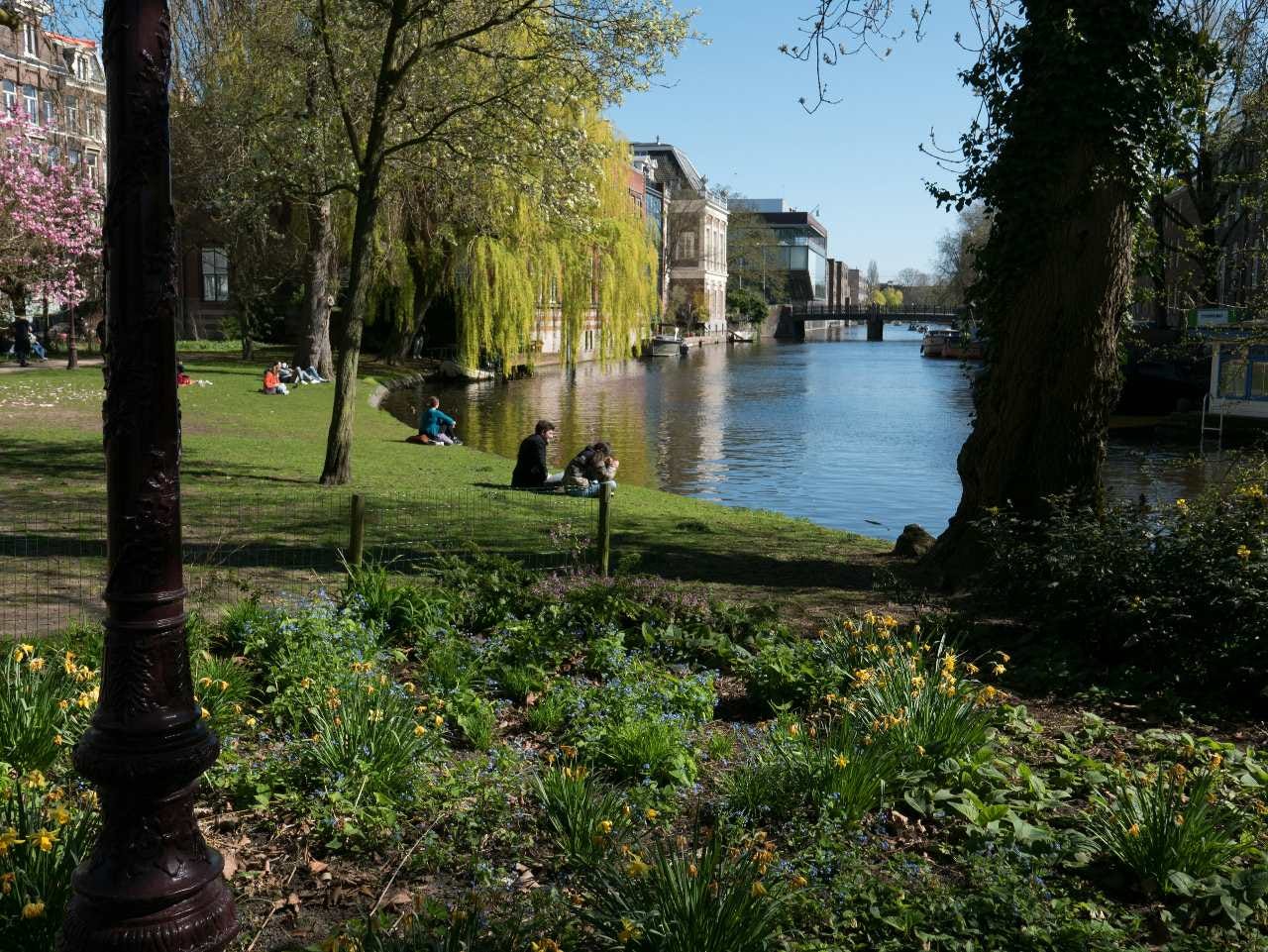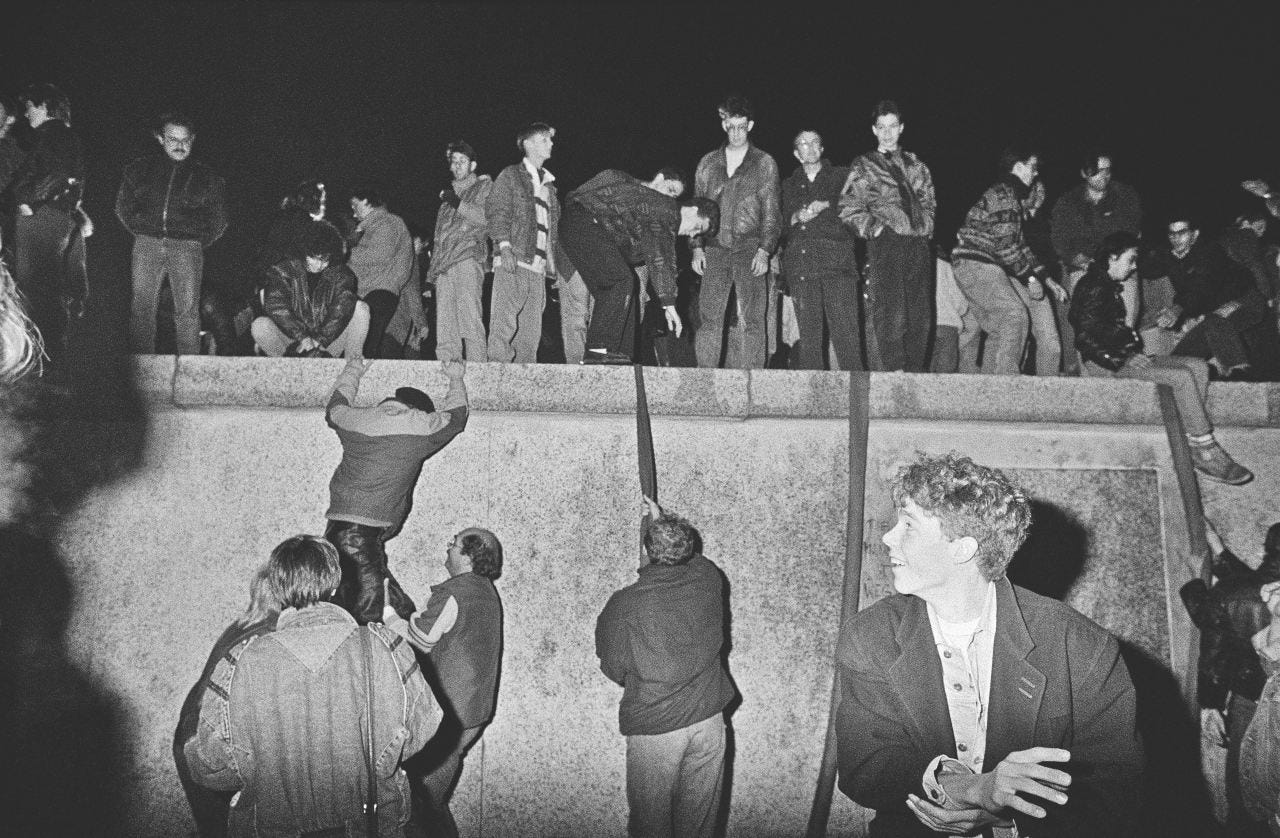Don't park this issue
New York City is about to lose one of its most beloved parks.
It’s not one that tourists regularly visit.
It’s not as big as Central Park, which sprawls over an astonishing 341 hectares.
It’s not as eye-catching as The High Line, the abandoned elevated train tracks transformed into a green space above the streets.
But Elizabeth Street Garden in Nolita has long been a miniature oasis filled with sculptures, columns and tiered plantings.
Local antiques shop owner Allan Reiver leased the space from the city for more than 30 years, under the stipulation that he keep it open to the public.
Now, however, the site has been earmarked for affordable housing.
The loss of green space will have a significant impact on locals, with urbanists and health professionals alike increasingly stressing the vital role that parks play in big cities.
The City of London Corporation calculated that the green spaces located within its historic square mile – a mix of parks, gardens, churchyards, and plazas – brings benefits valued at £126.8 million a year.
As the world heats up, we need more parks, not fewer.
But first you need to find the space.
Some cities have gotten creative, including the Spanish city of Valencia.
After the Turia river was diverted in the 1950s to prevent flooding, the city turned the dry river bed into the 8km-long Turia Garden.
The French city of Nice had a similar idea with the 12-hectare Promenade du Paillon, which replaced a bus station and multi-storey car park.
And then there is Rotterdam’s Dakpark, a 1200-metre long roof park that offers green space nine metres above the city.
It seems if you look hard enough, there is always a corner where you can go green.
One more thing
The fall of the Berlin Wall in 1989 was a time of celebration, but also of fear and loss for many former East Germans. Seven East German photographers captured the tumultuous decade that followed, from dancing in the ruins and the birth of the techno scene to Berlin’s transformation into Germany’s new capital, and their work is featured in a new exhibition. Dream on - Berlin, the 90s is on at C|O Berlin until January 22, 2025.




